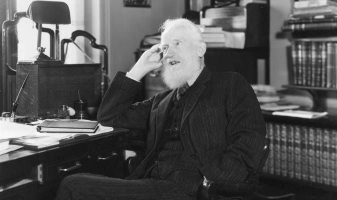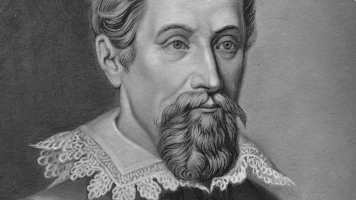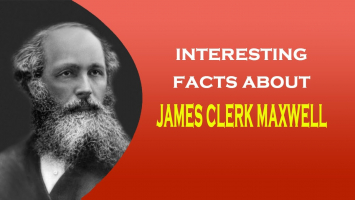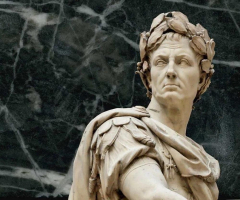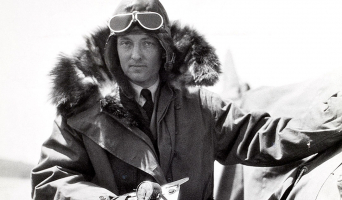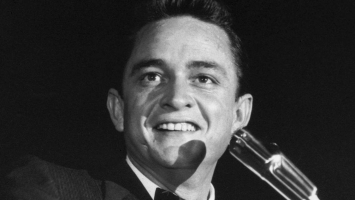Top 7 Interesting Facts about Edgar Allan Poe
The ambiguous horror story, popularized by Edgar Allan Poe (1809–49), is one in which the supernatural parts of the story may actually be explained (or ... read more...explained away) with a psychological explanation. He was a master poet as well as a science fiction pioneer. His prose poem Eureka from 1848 even accurately forecasts the Big Bang theory by almost 80 years. Even though it is one of his least-read literary works today, Poe regarded this book to be his masterpiece. Here is the list of some interesting facts about Edgar Allan Poe.
-
Poe is renowned for his Gothic style of writing, which incorporates elements of suspense, fear, horror, and death. Some of Poe's first-person horror stories include a psychological component that makes them stand out. Poe is able to reveal the character's uniqueness through first-person narration. Poe uses first-person narration in his short stories "The Tell-Tale Heart," "The Black Cat," and "The Cask of Amontillado" to help with characterization.
The oldest known use of the term is by Poe, who used it in 1840, over 40 years before the current OED reference from 1877. Given that Poe invented the short narrative, this is appropriate. (Here, we've included our picks for Poe's finest tales. Poe wrote ‘I have written five-and-twenty short stories whose general character may be so briefly defined’ in his preface to Tales of the Grotesque and Arabesque. This fact was discovered by Martin Greenup – see his ‘Poe and the First Use of the Term “Short Story”‘, Notes and Queries, 60.2 (2013), 251-254.
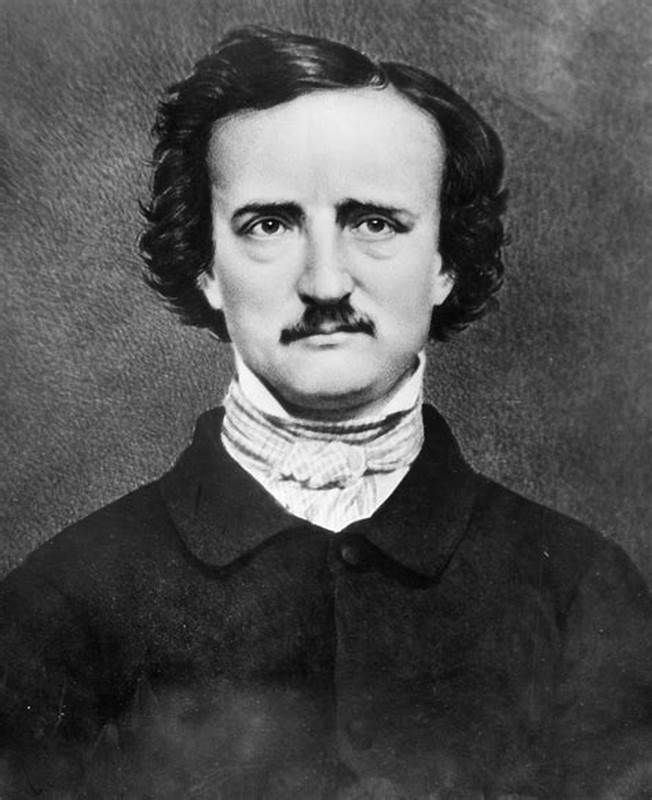
Source: mrquerino.com 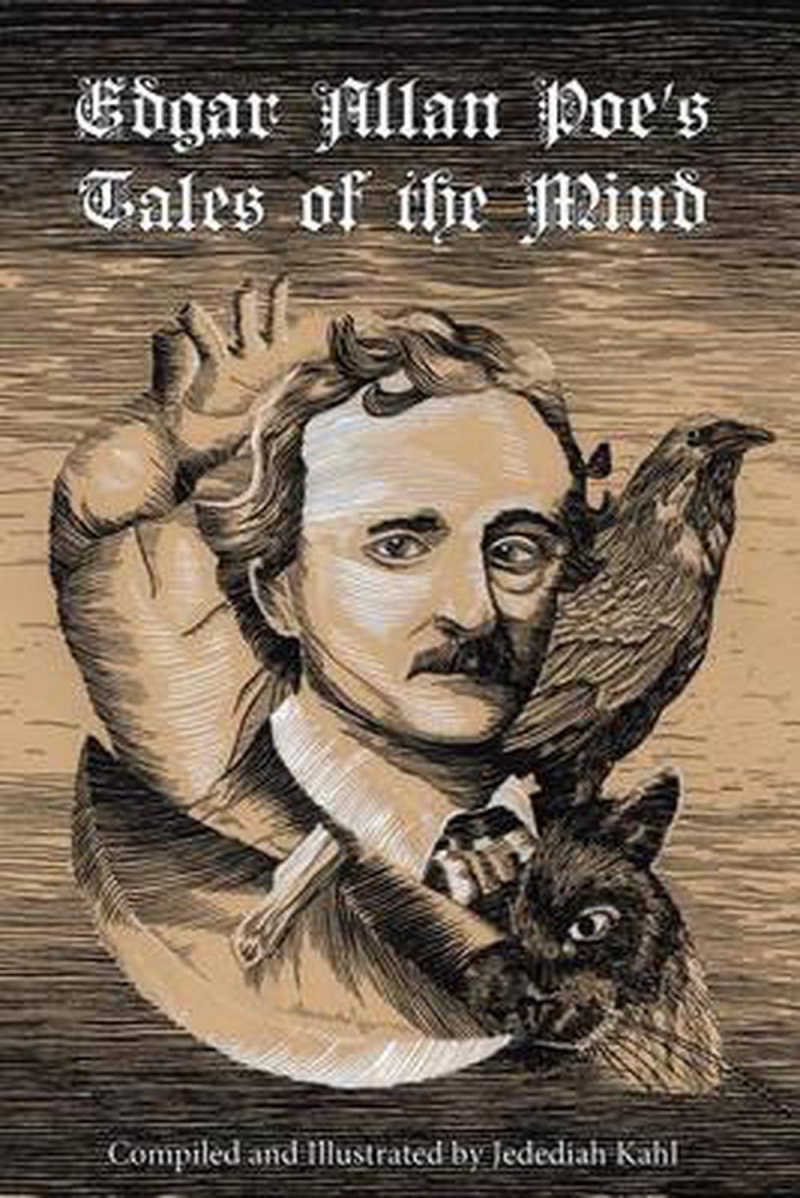
Source: eBay -
This is the sole instance of a major sports franchise bearing the name of a piece of literature. Poe's well-known poem "The Raven" was influenced by the works of two Victorian authors: (for its meter) Elizabeth Barrett Browning's poem "Lady Geraldine's Courtship" and the talking raven Grip in Charles Dickens' Barnaby Rudge (1841).
It is perhaps his most well-known piece of art. There is evidence that Poe intended for a parrot, not a raven, to speak the refrain "Nevermore" in the poem. In his "Philosophy of Composition," Poe stated that the idea of a non-reasoning creature with speech first came to him. "And very naturally, a parrot, in the first instance, suggested itself, but was immediately superseded by a Raven," he wrote, as equally capable of speech.
Whether Poe was merely retrospectively having us on, or whether he was being genuine here, cannot be known for sure; but we have no greater authority in this instance than Poe’s own words, and, as he says, the parrot seems the natural choice for a bird capable of mimicking human speech.
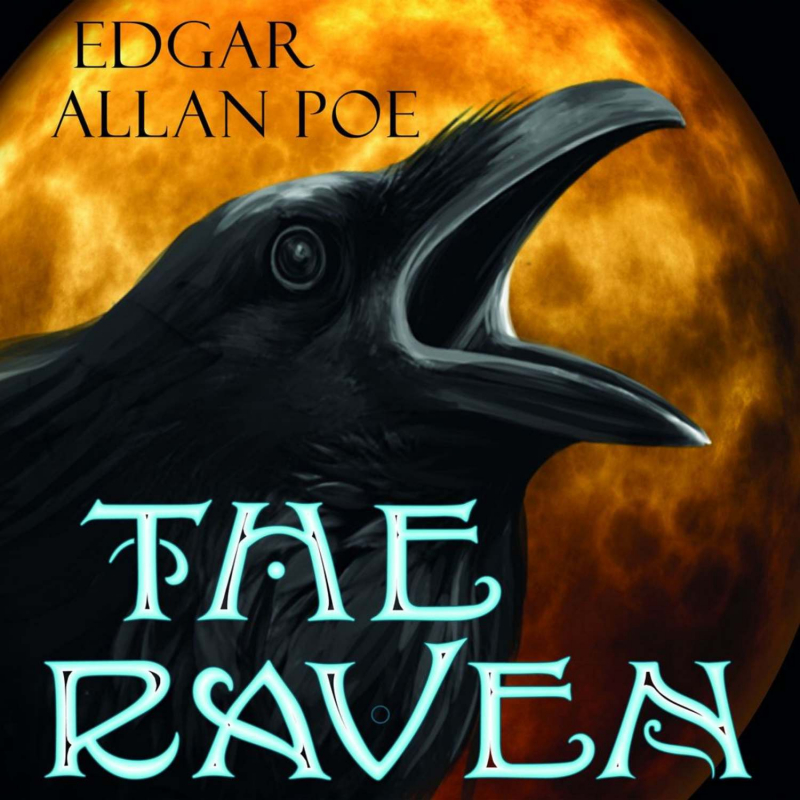
Source: litres.com 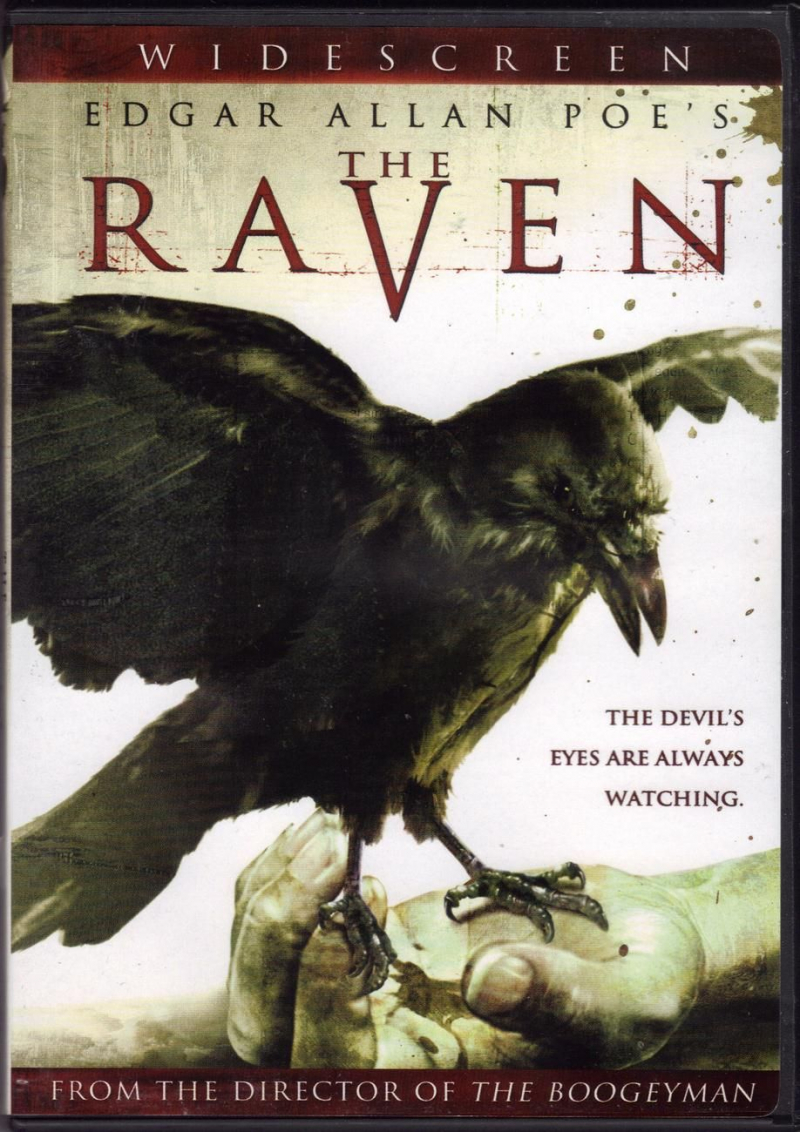
Source: Pinterest -
Poe married his considerably younger cousin Virginia Clemm when he was twenty-seven, but Virginia wasn't Poe's first engagement ring. This honor belongs to Richmonder Sarah Elmira Royster, who agreed to marry Poe when he proposed to her at the age of fifteen. The young couple never wed (I explain why in The Raven's Tale), but they got back together and renewed their engagement in 1849, just weeks before his passing. Poe and Shelton were neighbors when they were kids and developed a love interest in one another.
When Poe enrolled at University of Virginia and Shelton wed another man, they lost touch. After the passing of Poe's wife Virginia in 1848, they did not converse once more. By that time, Shelton was a widow and Poe took the opportunity to ask her to marry him. She declined, but he continued to pursue her for several months. Poe wrote to his aunt, Muddy, to tell her that the two would be married in October 1849 but he died just ten days before the supposed wedding date arrived.
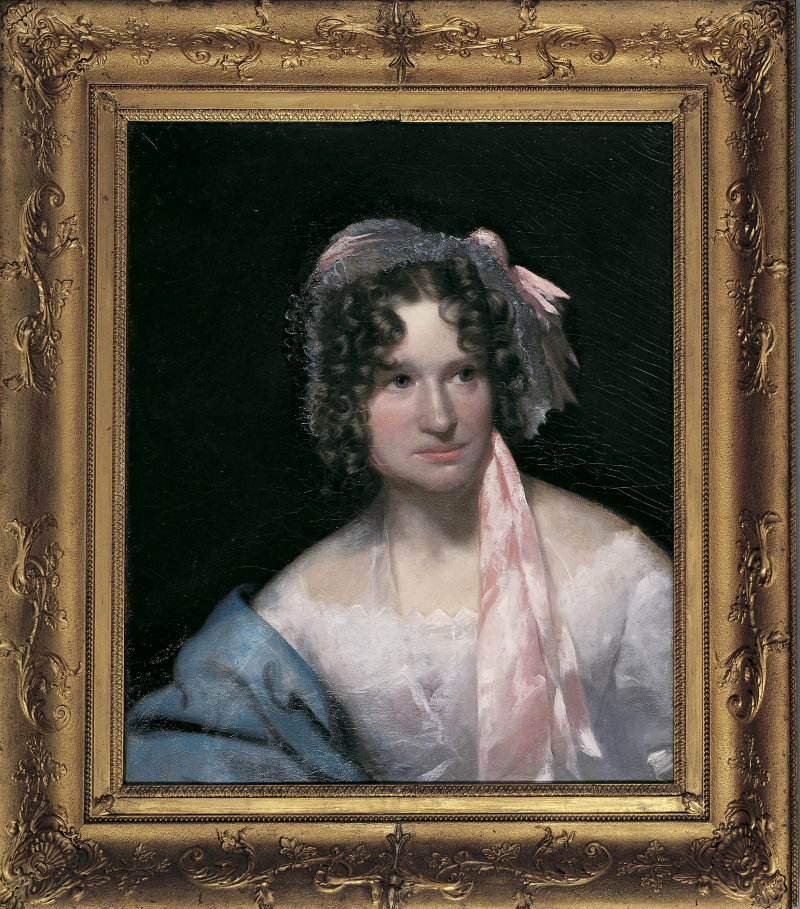
Source: digital.provath.org 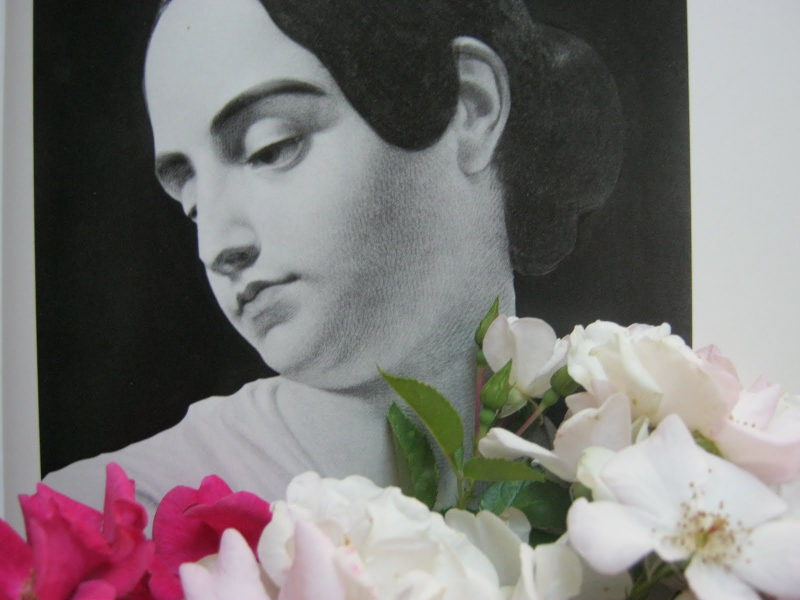
Source: blogspot.com -
The New York Daily Tribune published an obituary for Poe written by a person going by the name "Ludwig" two days after Poe passed away. The story claimed, among other things, that Poe "walked the streets, in lunacy or melancholy, his lips moving in vague curses." In truth, Ludwig was one of the many enemies Poe created as a result of his own work as a critic: Rufus Wilmot Griswold, a writer, editor, and literary critic. The earliest biography of Poe, "Memoir of the Author," written by Griswold in 1850, is a damning work chock-full of lies and forgeries that continue to tarnish Poe's legacy today.
When Edgar Allan Poe passed away inexplicably, his literary adversary Rufus W. Griswold published a well-known obituary full of fabrications painting him as a crazy and a madman. The National Endowment for the Humanities is a key sponsor of Edgar Allan Poe: Buried Alive. National Endowment for the Arts, Joy Fishman, and Wallace S. Wilson have also contributed to this movie's funding.
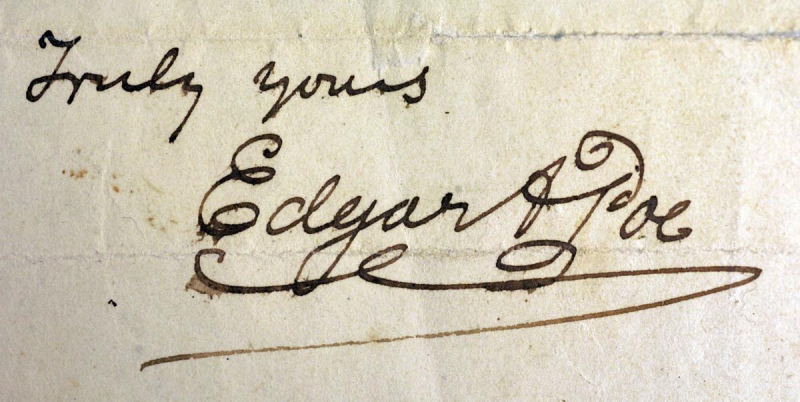
Source: Richmond 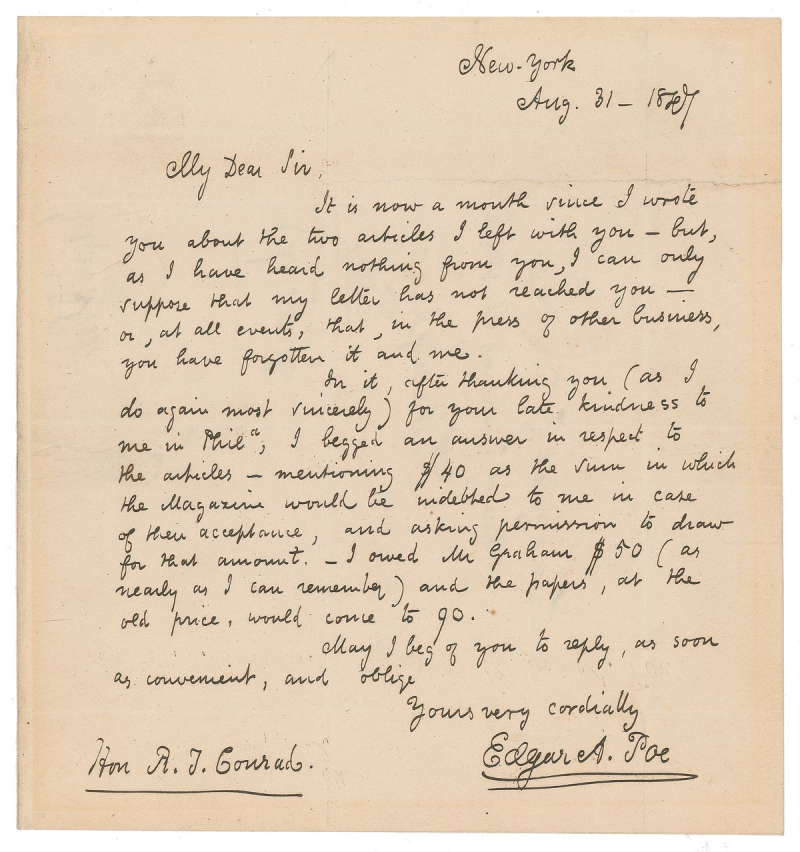
Source: The Baltimore Sun -
The idea that Poe was a drug addict probably started in 1845 when a reviewer compared his writing to "the odd outpourings of an opium eater," despite the fact that many of Poe's protagonists consumed opium. Two doctors who knew Poe said they never observed any signs of the writer using the substance, and one of them, Dr. Thomas Dunn English, detested Poe just as much as Rufus Wilmot Griswold did! Without a doubt, Poe occasionally utilized opiates for medical purposes. When he was a child, his grandmother gave him laudanum to help him sleep. His sister Rosalie paid him a visit in 1845 while he was living with his wife, who was also their cousin, in Fordham, New York.
Edgar returned home sick after spending some of the visit away on business. Rosalie reported that evening that Edgar "spoke out of his head" and "begged for morphine." His health started to get better after a few days. This could have been a sign of drug withdrawal. It's also possible that he needed it to help him sleep because he was unwell. Poe's use of opiates in one instance may also show that he is unfamiliar with the medication. After a "long, awful night of Despair" the year after his wife passed away, he told Annie Richmond that he had purchased laudanum and hoped she would come see him. He acknowledged that his dosage had a greater impact than he had intended. He became ill and then recovered. Some point to this episode as proof of his immoderate use, while others conclude that he was not a habitual user, given his inability to predict the impact of the dose.
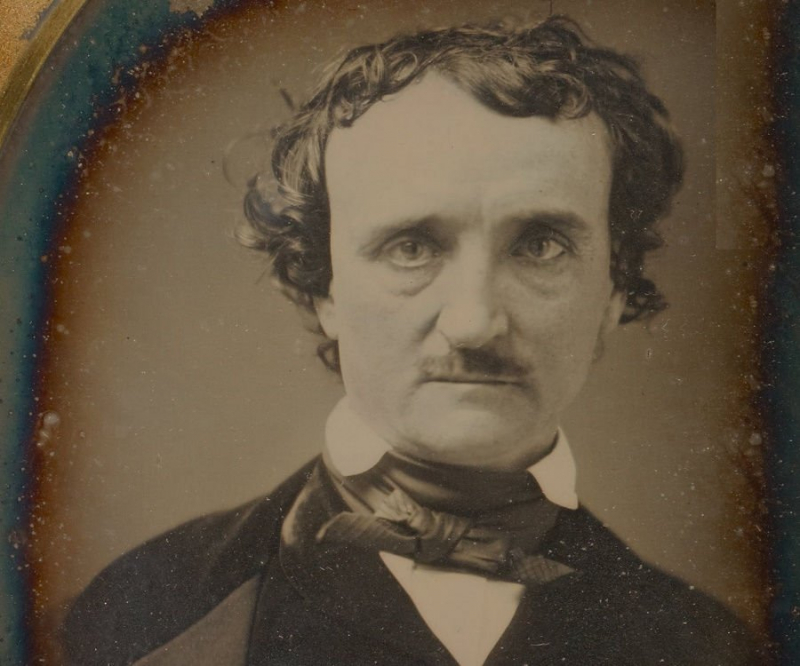
Source: app.emaze.com 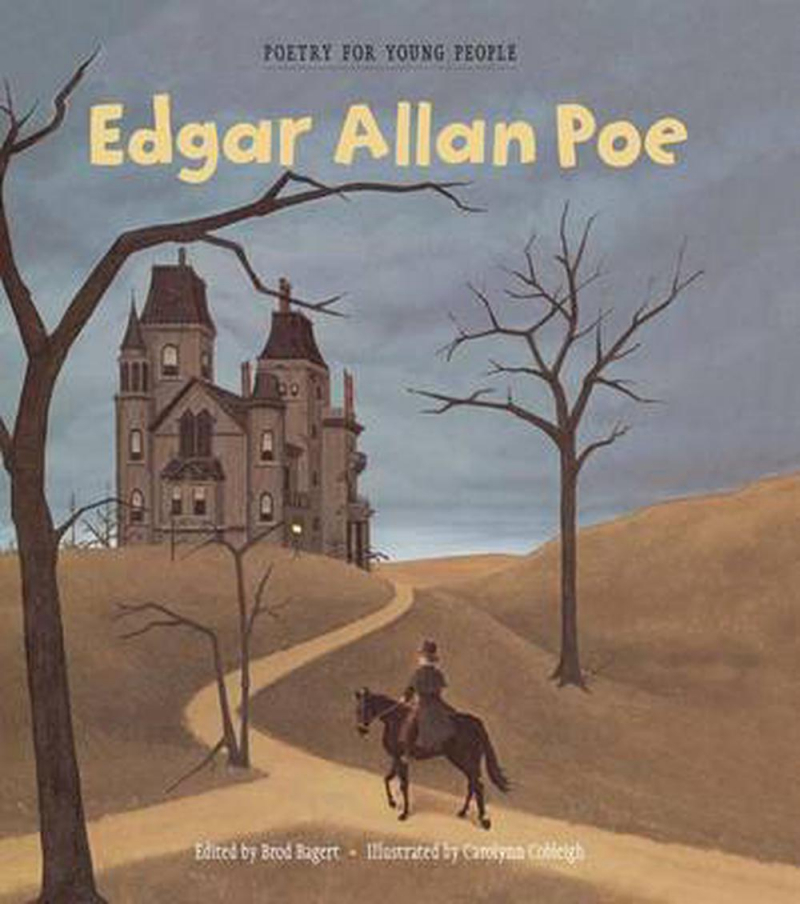
Source: eBay -
Intoxicated and in poor health, Edgar Allan Poe was discovered in Baltimore close to a bar. He was taken to a hospital right afterwards, where he passed quite suddenly a few days later. Edgar Allan Poe was reportedly discovered intoxicated outside of a Baltimore bar.
On election day, when coping would have occurred all across Baltimore, Edgar was discovered. The guys were clothed differently when cooping took place. Edgar was wearing clothing that he wouldn't typically wear. He was transported to the hospital as soon as possible, where he remained febrile, delirious, and bewildered, flitting between hazy awareness and total sleep while "babbling incoherently" (Israel Centeno) Poe was discovered in poor condition, as though he had been drugged or was not sober, according to a number of accounts.
The victim was beaten and made to self-intoxicate with alcohol or other substances as a stage of coping. These findings provide a number of indications that his death was caused by cooping. Was it just a coincidence that he was discovered in such poor condition outside a polling place? Theories about the cause of Poe’s death include alcohol, rabies, a brain tumor, and murder, but the actual explanation for his demise remains his greatest mystery.
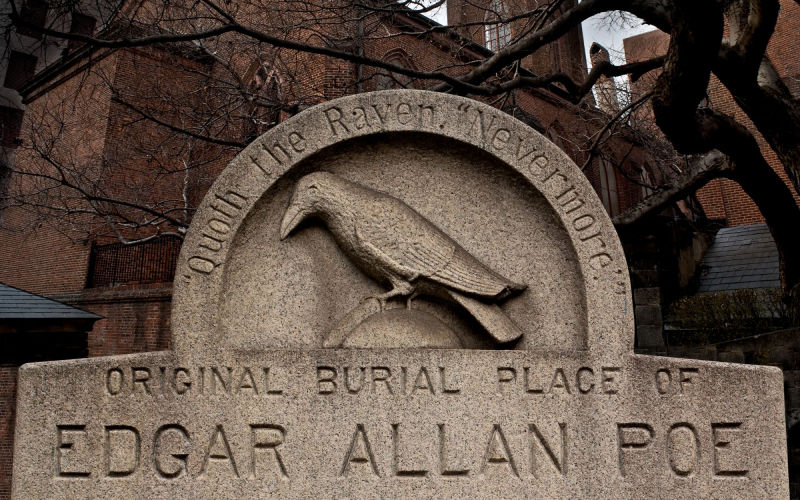
Source: Travel + Leisure 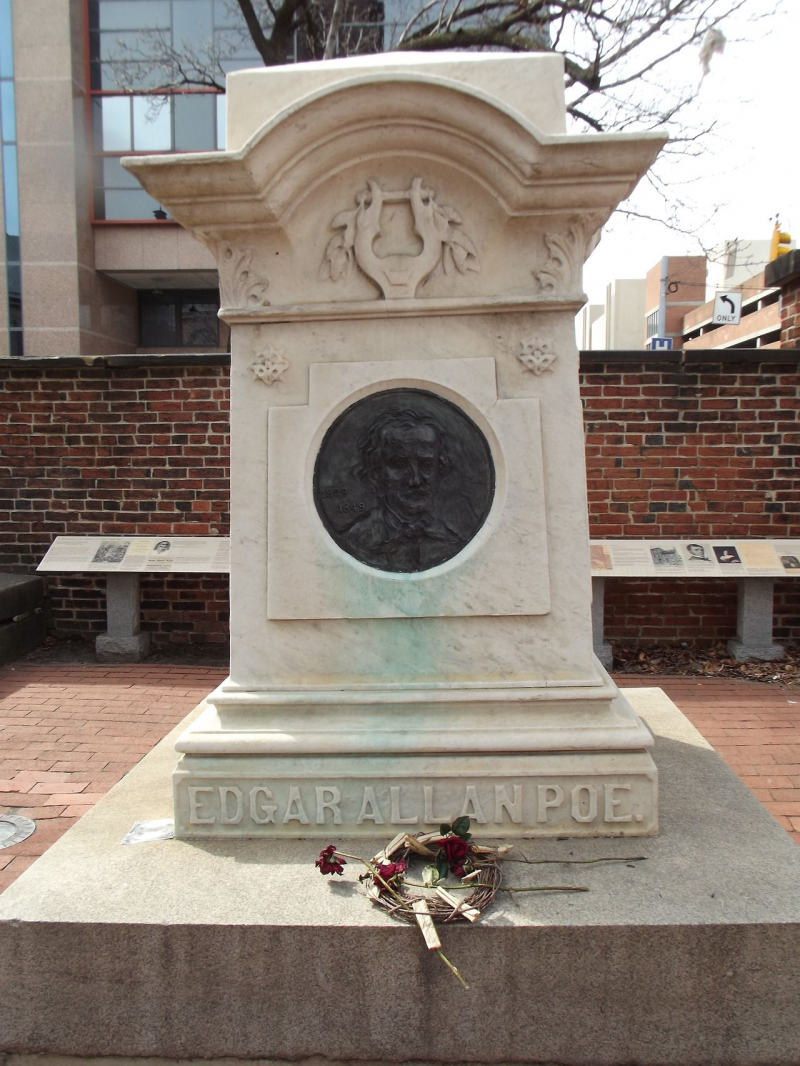
Source: pinterest.co.uk -
Poe’s foster father groomed him to go into business and become a Virginia gentleman, but Poe dreamt of being a writer like his boyhood hero, the British poet Lord Byron. By the time he was 13, Poe had written enough poetry for a book, even though his headmaster convinced Poe’s father not to allow its publication.
Kenneth Silverman wrote the following in his famed biography of Poe: “How deeply the Byron image impressed Edgar is apparent in his six-mile swim on the James River, emulating Byron’s celebrated swim of the Hellespont, and the stories in Richmond that he had joined the Greeks, as Byron had, in their quest for independence” (1992: 41). In this regard, the most prolific editor of Poe’s works, Thomas Ollive Mabbott, also assesses that “Poe as a very young man was an imitator of Byron” (1969: xxvi).
Poe wanted to emulate Byron's bravery and active participation in the Greek Revolution against the Turks because he respected their courage. He was a supporter of the Greek cause and claimed that he left "without a dollar on a quixotic journey to join the Greeks then striving for liberation" because of his passionate yearning for a Philhellenic adventure. He barely made it as far as England when he was considerably younger, suggesting that his journey to the country of the Hellenes was purely fictitious. Although he generally failed to become proficient in Greek due to lack of resources, he undoubtedly worked hard to acquire the language as seen by the large number of Hellenic references in his writing.
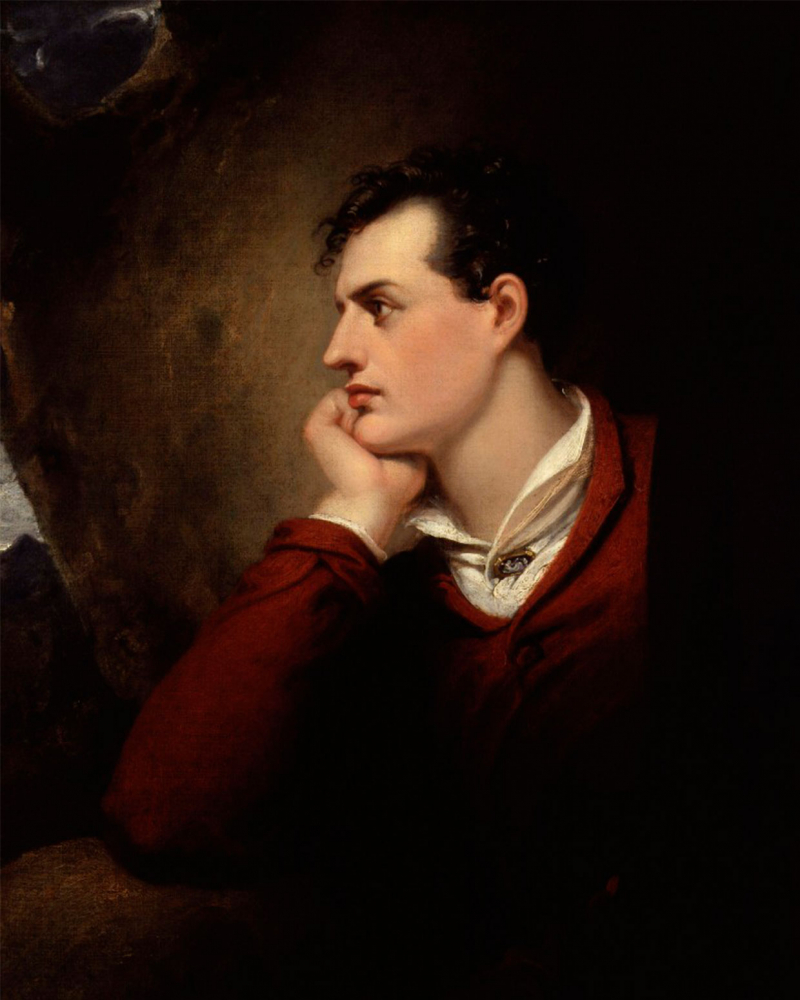
Source: WMagazin 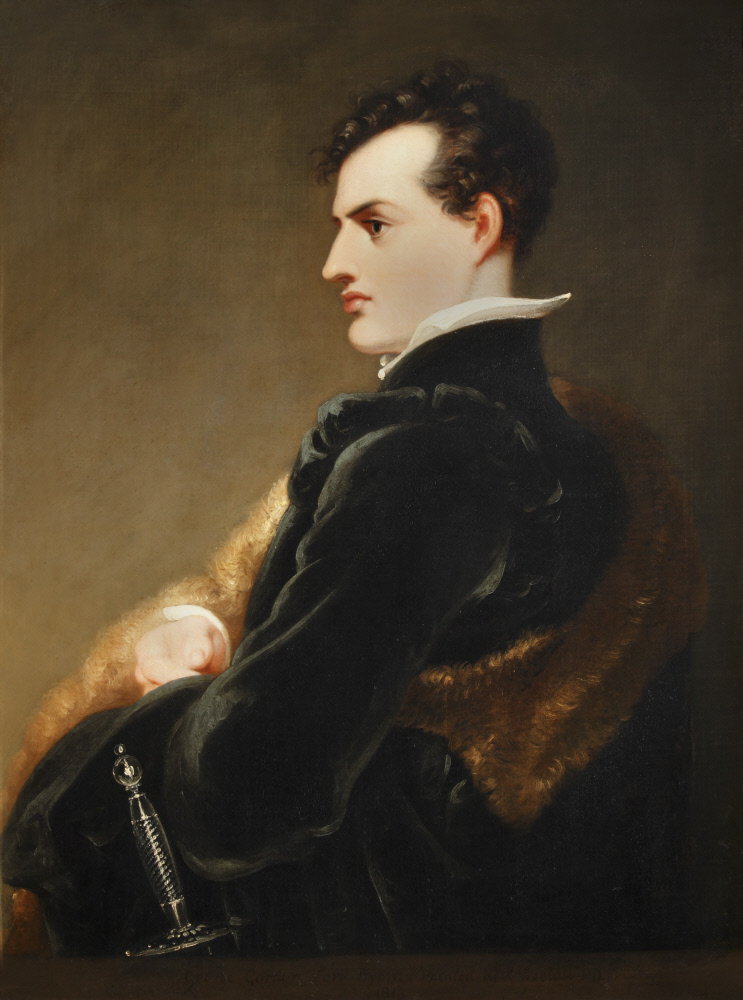
Source: Wikimedia Commons





















